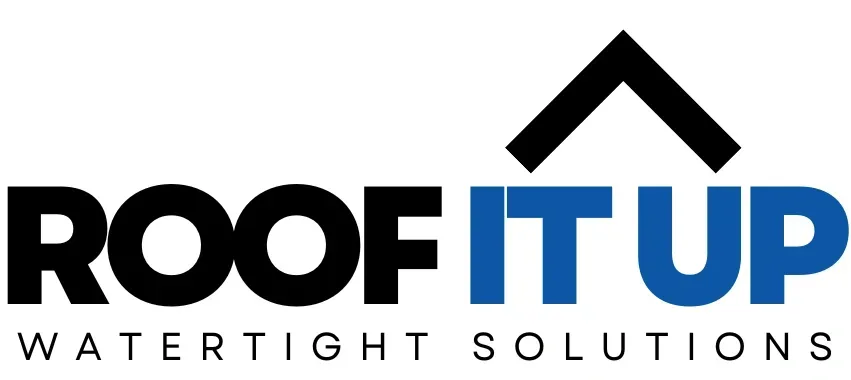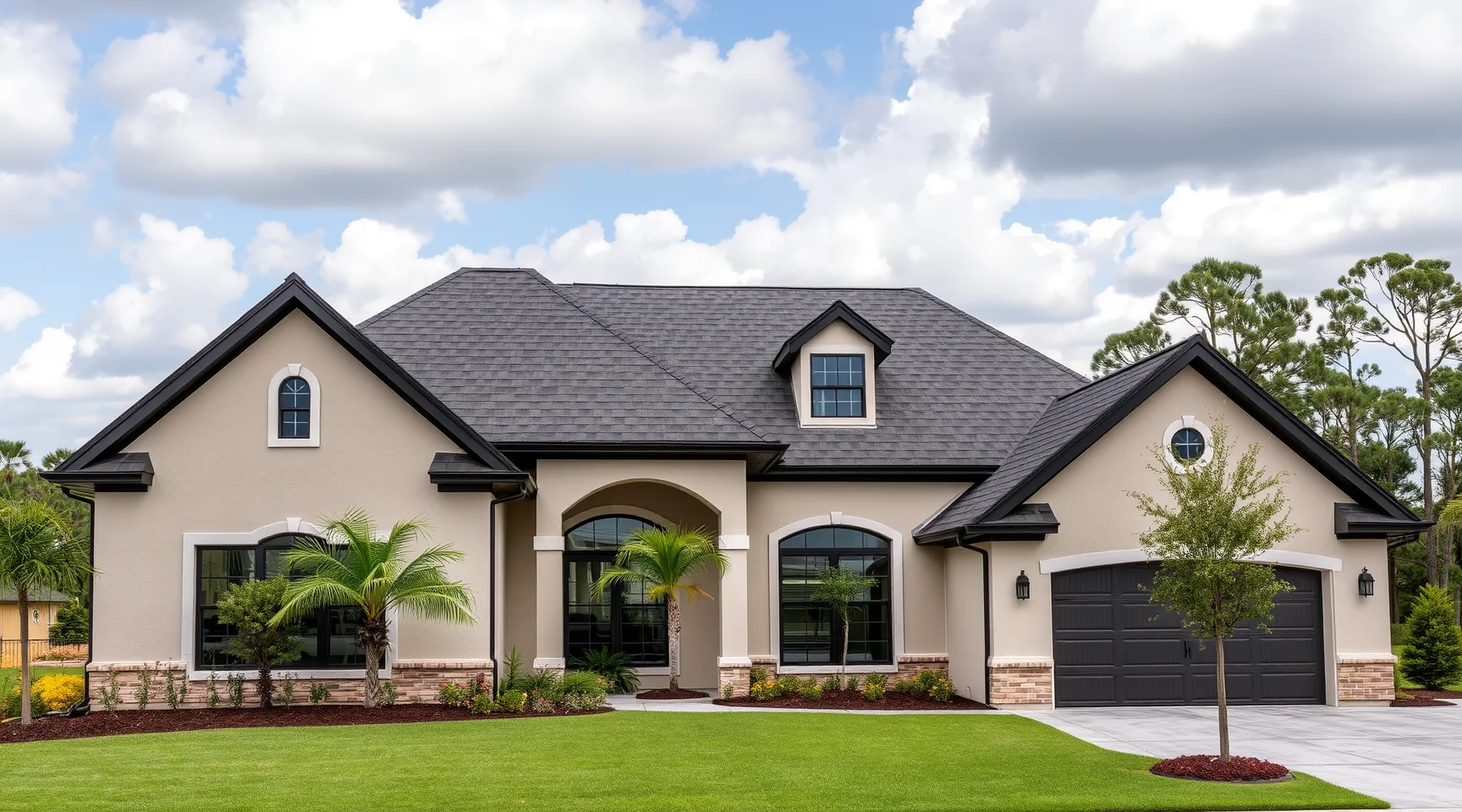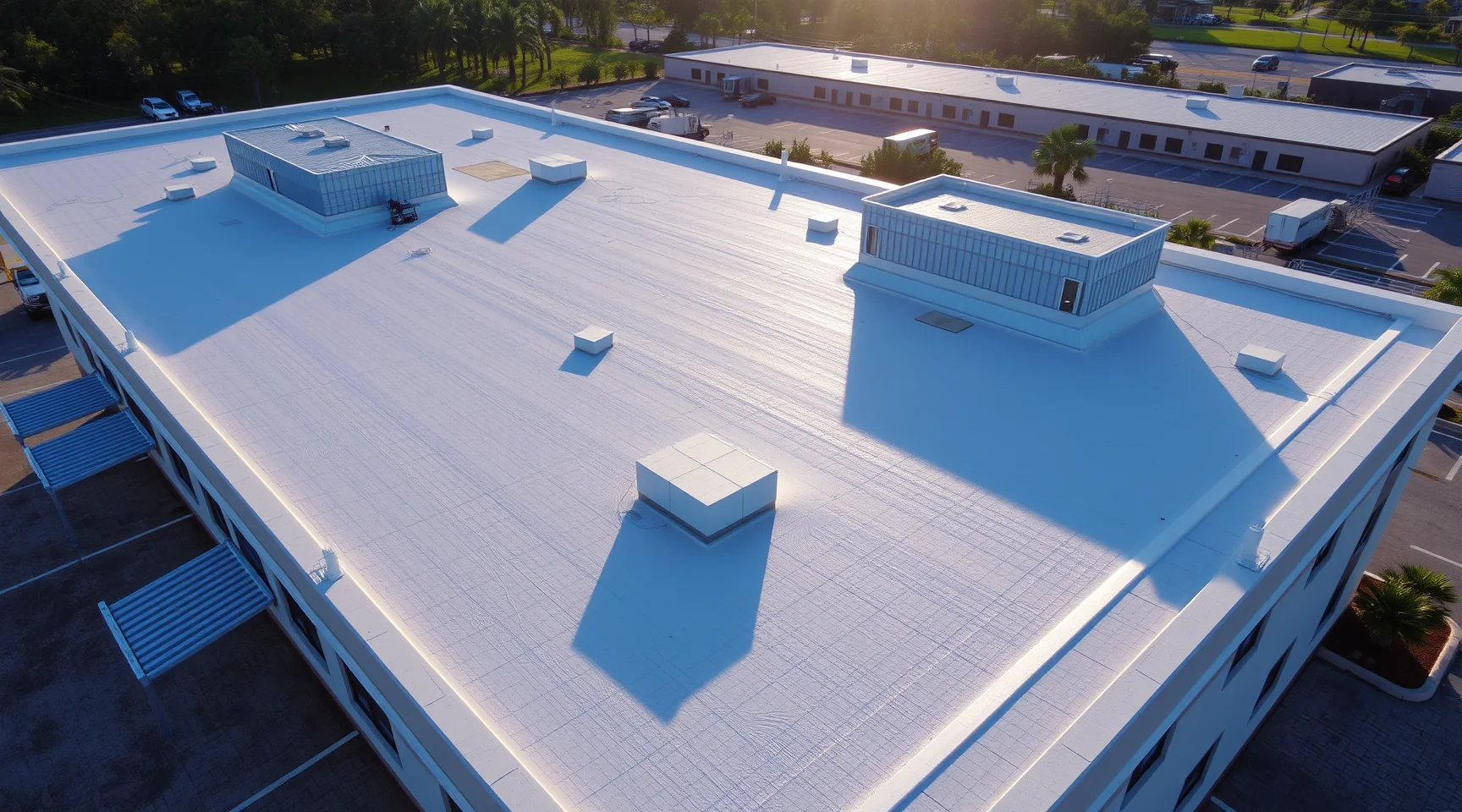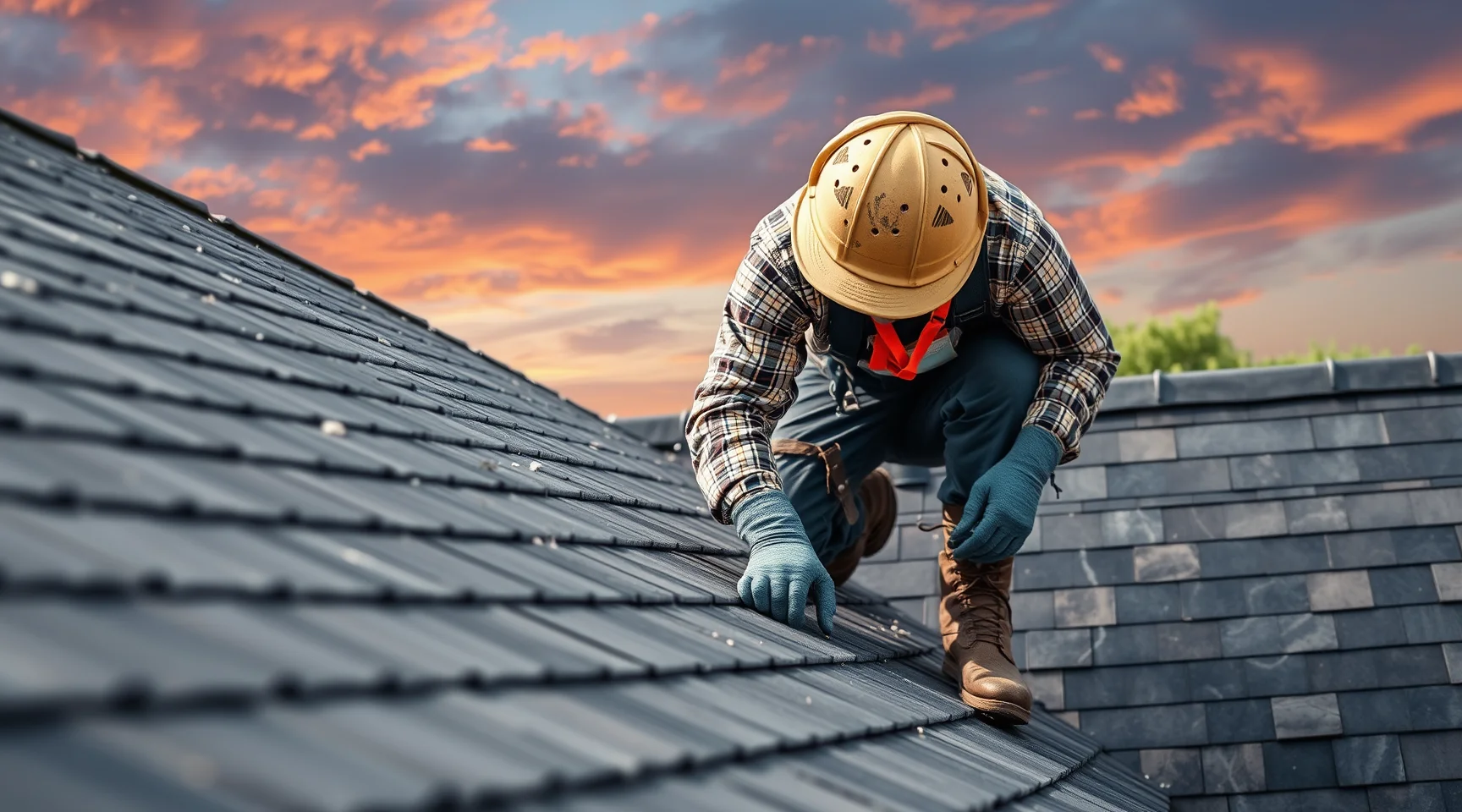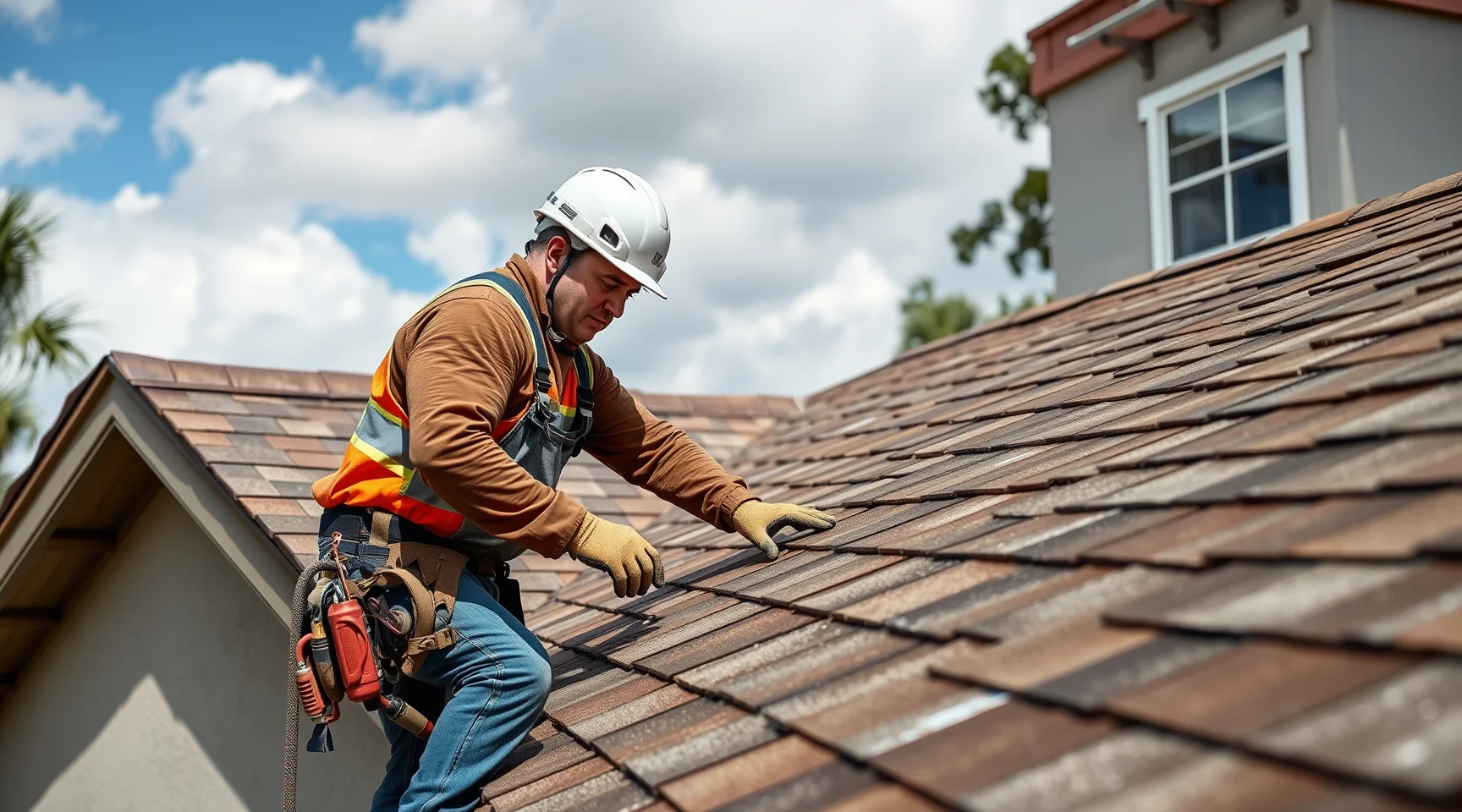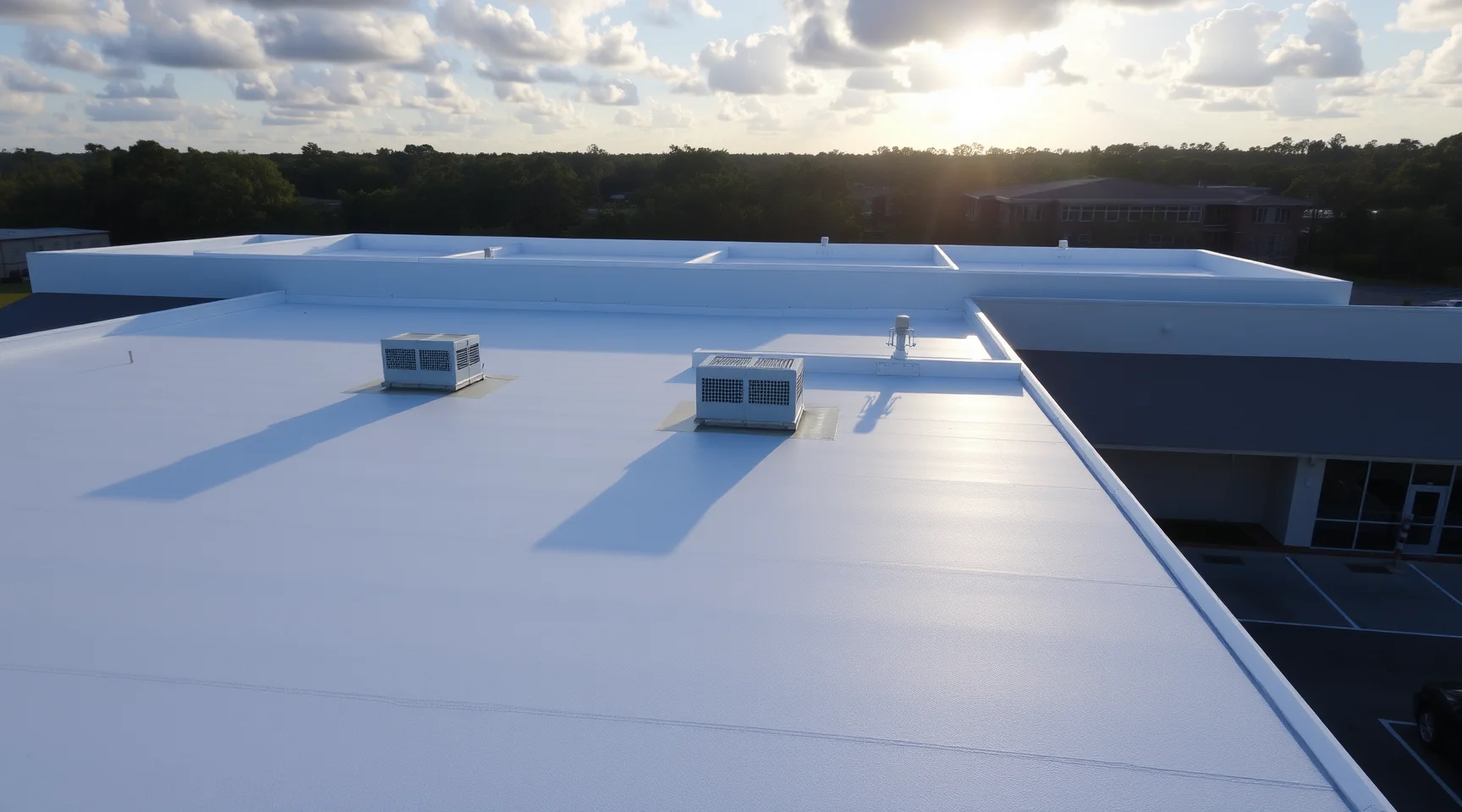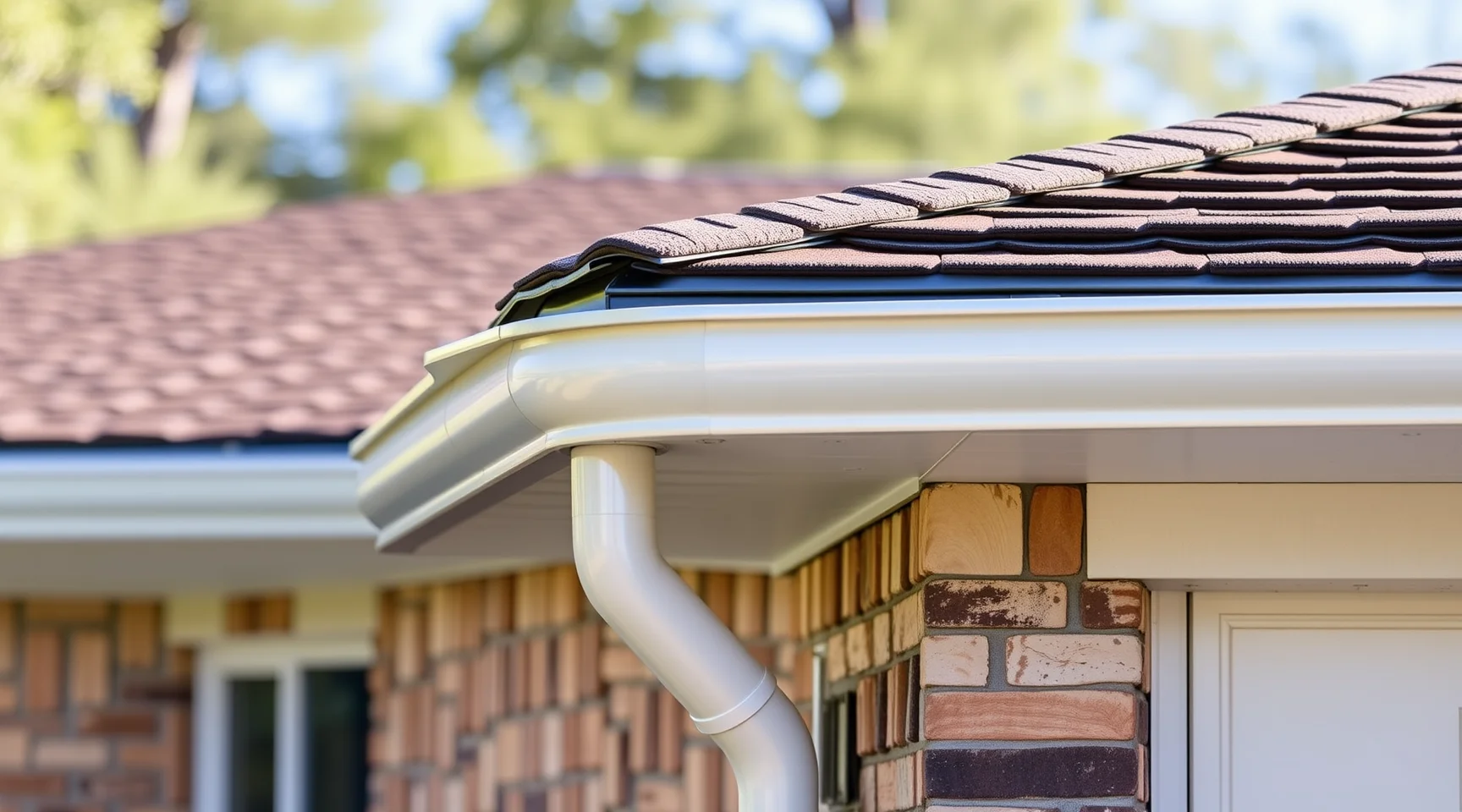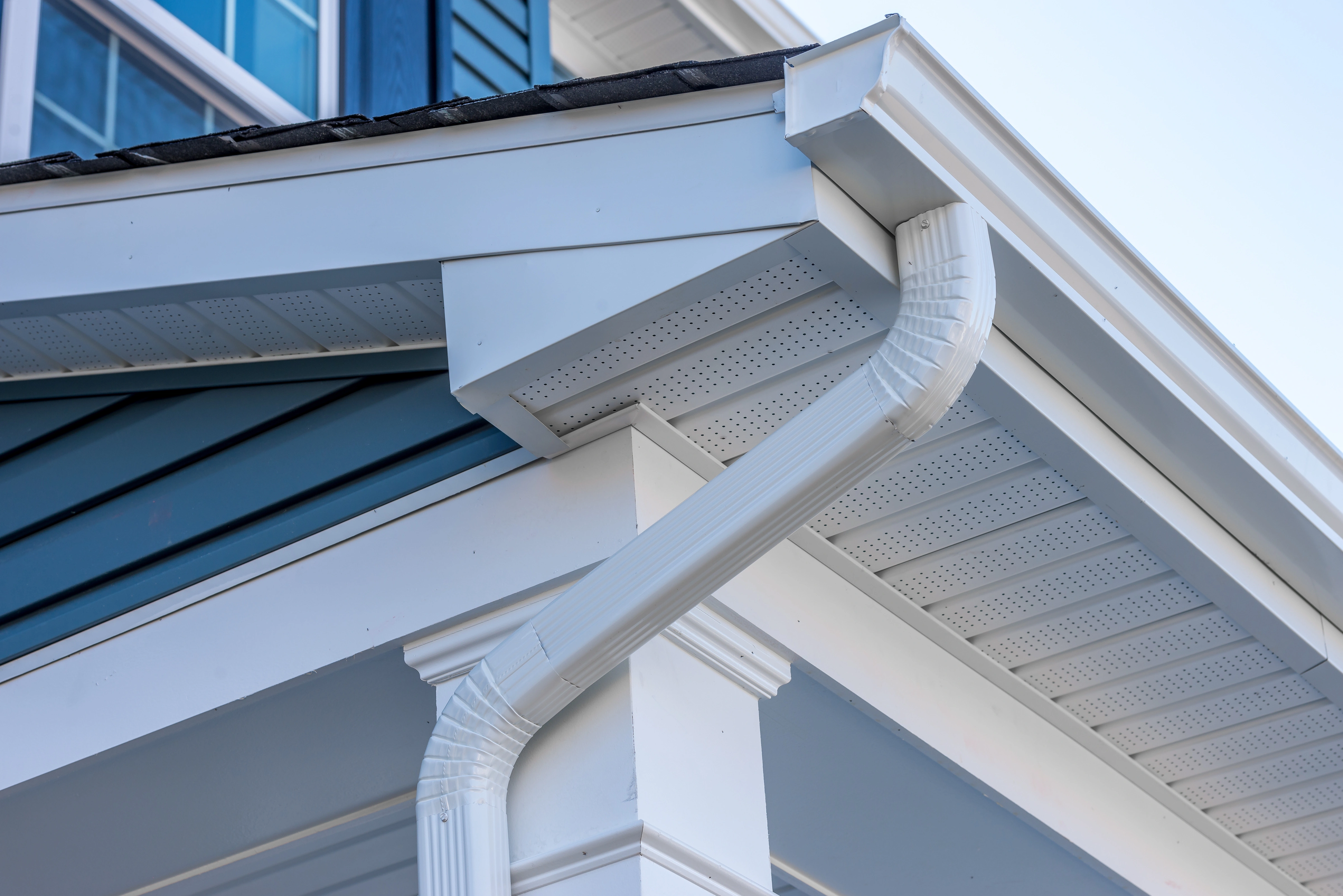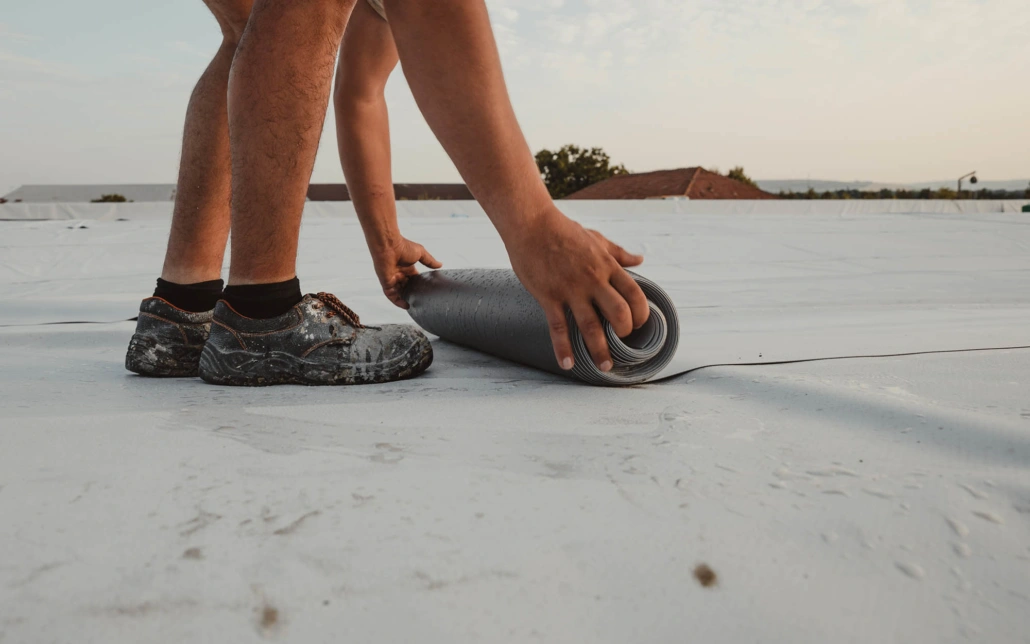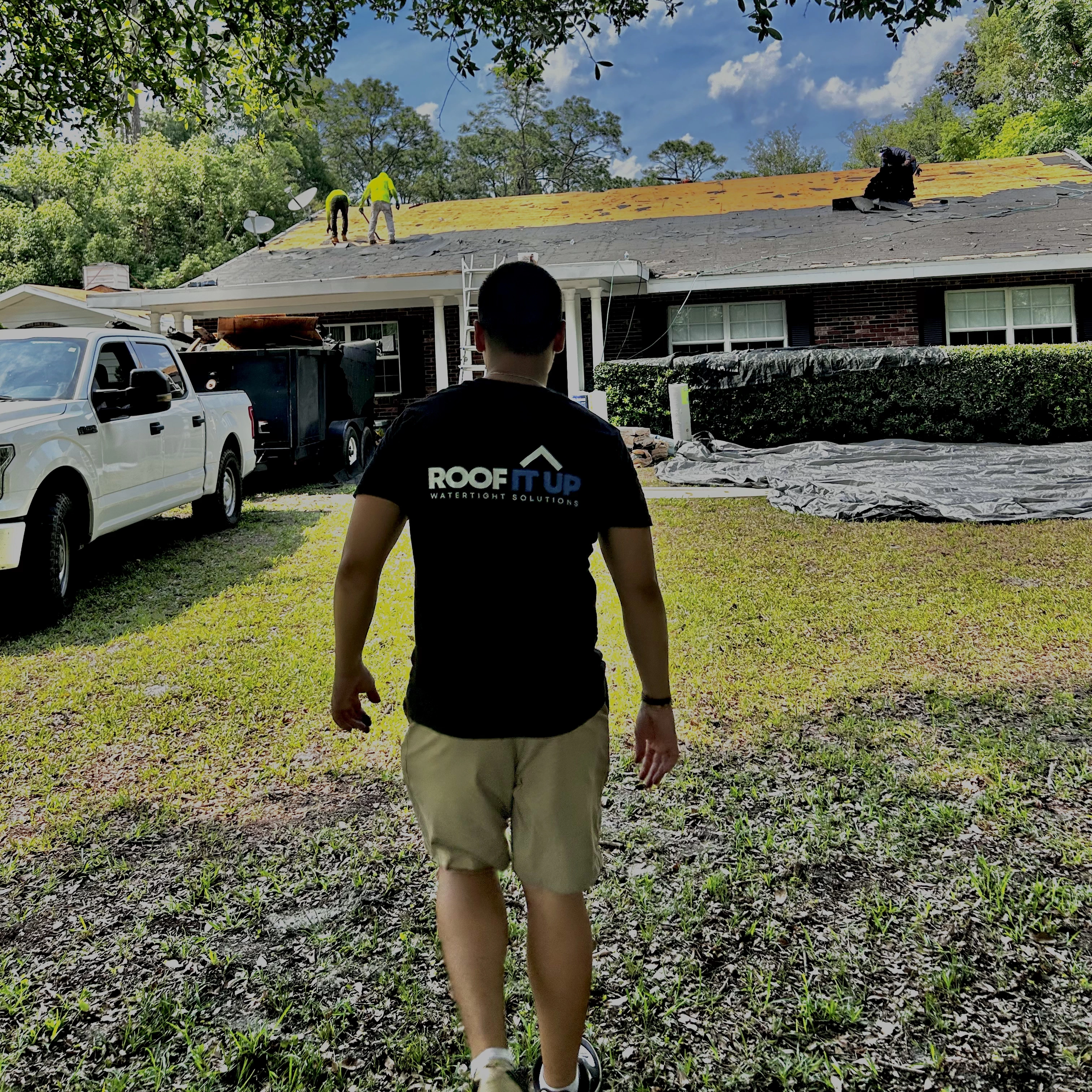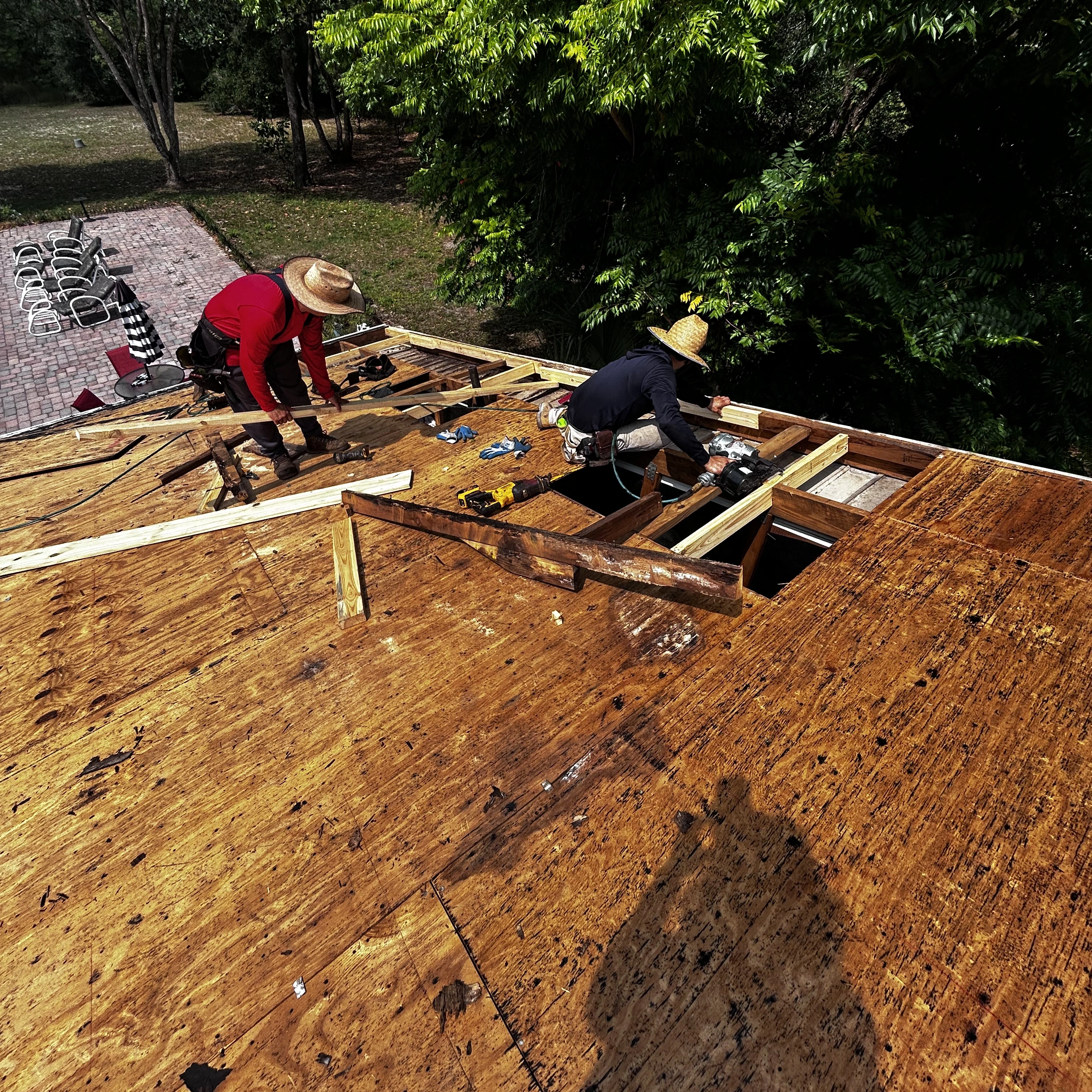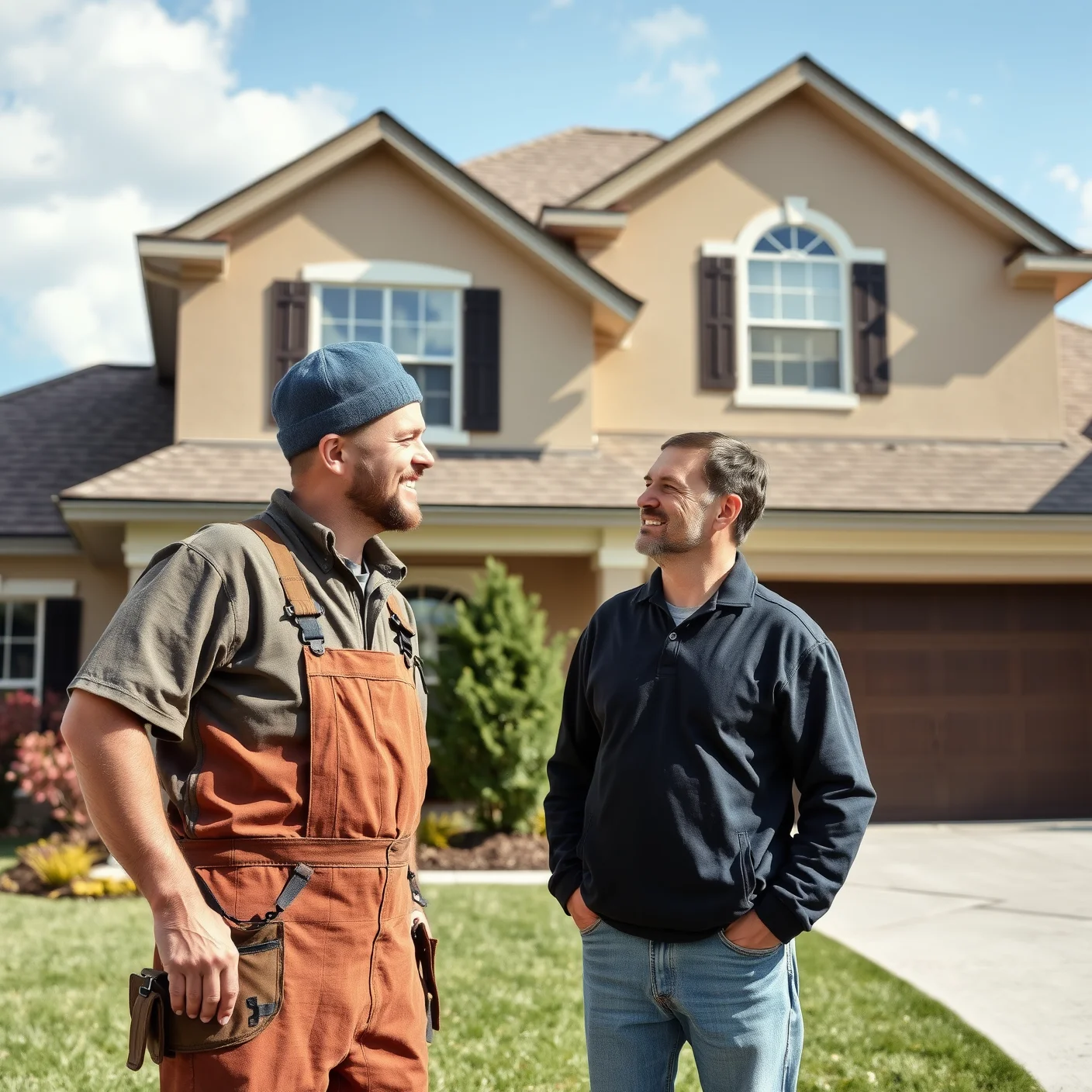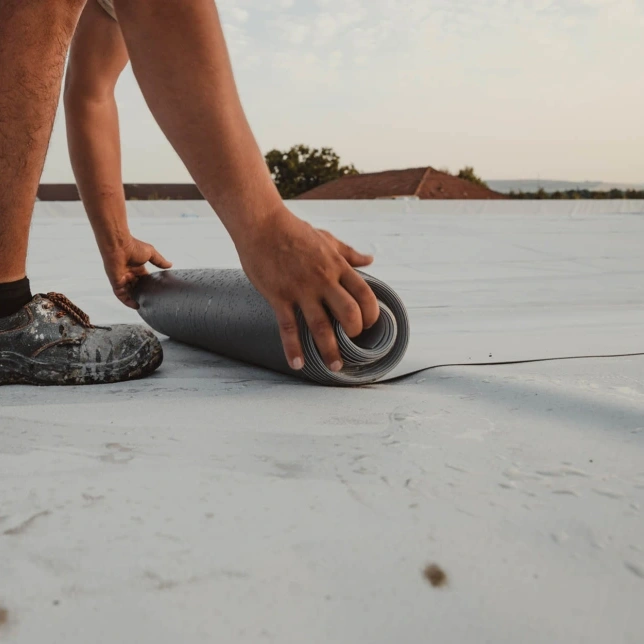
DIY Skylight Installation Risks and Benefits | Expert Tips & Guide
What Are the Main Advantages of DIY Skylight Installation?
Installing a skylight can dramatically enhance the aesthetic appeal and natural lighting of your home. For DIY enthusiasts, the prospect of undertaking this project offers a sense of accomplishment, potential cost savings, and increased understanding of their home’s structure. Here are some key benefits to consider:
Cost Savings: Bypassing labor costs can significantly reduce the overall expense of installing a skylight. Homeowners equipped with the right tools and knowledge can make meaningful financial savings while customizing their project.
Enhanced Home Value and Aesthetics: Properly installed skylights improve interior ambiance and can boost property value, especially when emphasizing natural light and architectural appeal.
Learning Opportunity: Engaging in a DIY project deepens your understanding of roof structures, weather sealing, and home maintenance, empowering you for future repairs and upgrades.
Time Flexibility: DIY installation allows you to work at your own pace, avoiding scheduling conflicts and delays common in professional roofing jobs.
What Are the Significant Risks Associated with DIY Skylight Installation?
Despite its numerous advantages, DIY skylight installation carries inherent risks that can compromise safety and result in costly damages if not properly managed. Understanding these risks is essential before embarking on such a project:
Structural Damage: Incorrect measurements or improper cutting can weaken your roof’s integrity, leading to leaks, sagging, or even roof failure over time.
Water Leakage and Moisture Intrusion: An improperly sealed skylight can cause persistent leaks that damage interior walls, ceilings, and insulation, potentially leading to mold growth.
Safety Hazards: Working on a roof exposes you to fall risks and accidents, especially when using ladders, power tools, or handling heavy materials without proper safety gear.
Code Compliance and Permitting: Failing to adhere to local building codes or missing necessary permits may result in fines, issues with insurance claims, or future resale complications. For more details, check out our guide on roofing license requirements.
Cost Overruns and Rework: Mistakes made during installation can lead to expensive rework or repairs, negating potential savings.
How Do You Successfully Prepare for a DIY Skylight Installation?
Preparation is critical to mitigating risks and ensuring a smooth installation process. Here are essential steps to prepare effectively:
Research and Planning: Understand your roof type, the type of skylight suitable for your home, and the specific installation requirements. Consulting reputable sources and tutorials can build your expertise.
Gathering Necessary Permits: Always check with local authorities regarding permits and building codes. This proactive step minimizes legal complications.
Proper Tools and Materials: Invest in high-quality safety gear, roofing flashing, sealants, and tools such as drills, saws, and ladders. Using the right materials ensures durability and safety.
Assessing Roof Condition: Evaluate your roof’s structure for damage or weaknesses before starting. Reinforcing or repairing areas as needed can prevent future issues.
What Are Best Practices for a DIY Skylight Installation?
Executing a successful installation requires adherence to best practices that prioritize safety, precision, and weatherproofing. These include:
Accurate Measurement and Marking: Proper placement and sizing are crucial. Use laser levels and measuring tapes to ensure precise cuts and positioning.
Optimal Cutting Technique: When cutting through the roof, use appropriate saws and protective equipment. Maintain straight, clean cuts to prevent leaks.
Weatherproof Sealing and Flashing: Proper sealing around the skylight prevents water intrusion. Special attention should be paid to flashing installation to channel water away effectively. For complex roof angles or valleys, consult our resource on roofing valley flashing.
Layered Water Barrier: Use weather-resistant underlayment beneath the skylight to provide an additional barrier against leaks.
Secure Fastening: Properly fasten the skylight frame to withstand high winds and weather fluctuations, following manufacturer specifications.
What Are Tips for Ensuring Safety During DIY Skylight Installation?
Safety can never be overlooked during roofing projects. Here are safety measures to adopt:
Use Proper Personal Protective Equipment (PPE): Helmets, gloves, fall harnesses, and safety goggles are essential to protect against injuries.
Secure Ladders and Scaffolding: Ensure stable and level placement of ladders and scaffolding. Avoid working alone at heights.
Weather Conditions: Schedule installation during mild weather conditions. Avoid working during rain, snow, or high winds to prevent slips and falls.
Combat Fatigue: Take regular breaks and stay hydrated to maintain focus and avoid accidents.
How Can You Minimize DIY Skylight Installation Risks?
Mitigating risks involves strategic planning and seeking expert advice when necessary. Consider consulting licensed professionals for complex aspects, like ensuring compliance with local building standards. For example, homeowners in Florida can benefit from insights on commercial flat roofing installation, which can inform DIY practices and ensure quality outcomes.
Additionally, properly inspecting your roof’s condition before starting and reinforcing vulnerable areas can prevent future problems. If your roof needs reinforcement ahead of storm season, refer to our guide on how to reinforce your roof before a storm.
When Should You Consider Professional Skylight Installation?
While DIY projects can be rewarding, certain scenarios warrant the expertise of licensed roofing professionals:
If your roof has complexity due to its slope or material.
When local building codes require licensed installation for warranty or insurance purposes, which is often the case in regulated regions.
If previous DIY attempts resulted in damage or ongoing leaks requiring correction.
For large or high-value skylights that demand specialized tools and safety measures.
Ensuring professional installation can guarantee adherence to safety standards and long-term durability.
Frequently Asked Questions (FAQs)
Is DIY skylight installation worth it for a novice homeowner?
While it can be cost-effective, DIY skylight installation is best suited for experienced DIYers with a solid understanding of roofing and construction. Inexperienced attempts risk costly mistakes and safety hazards.
What are the most common mistakes in DIY skylight installation?
Common errors include inaccurate measurements, poor sealing and flashing installation, inadequate reinforcement, and safety oversights. These issues can lead to leaks, structural damage, and safety risks.
How can I tell if my skylight is properly sealed?
Inspect around the skylight for any gaps, cracks, or signs of water intrusion. Performing a water test during rain or using a garden hose can help identify leaks. Proper sealing with weather-resistant materials and reliable flashing is essential for durability.
Should I hire a professional for skylight installation or do it myself?
This decision depends on your skill set, project complexity, and compliance needs. While DIY can save costs, professional installation ensures safety, quality, and adherence to local codes, especially for complex or larger skylights.
Conclusion: Weighing Risks and Benefits for Your Skylight Project
The decision to undertake a DIY skylight installation hinges on a careful assessment of your skills, resources, and project scope. The benefits of cost savings, personal satisfaction, and home enhancement are appealing, yet the risks, including structural damage, leaks, and safety hazards, require meticulous planning and execution.
For homeowners committed to DIY, a thorough understanding of best practices and safety protocols is vital. Also, consulting local regulations and possibly enlisting professional assistance for tricky aspects can safeguard your investment.
Remember, well-executed skylight installation can dramatically improve your living environment. However, when in doubt, professional installation offers peace of mind and long-term security. For further insights on roofing practices, visit emergency roof repair.
